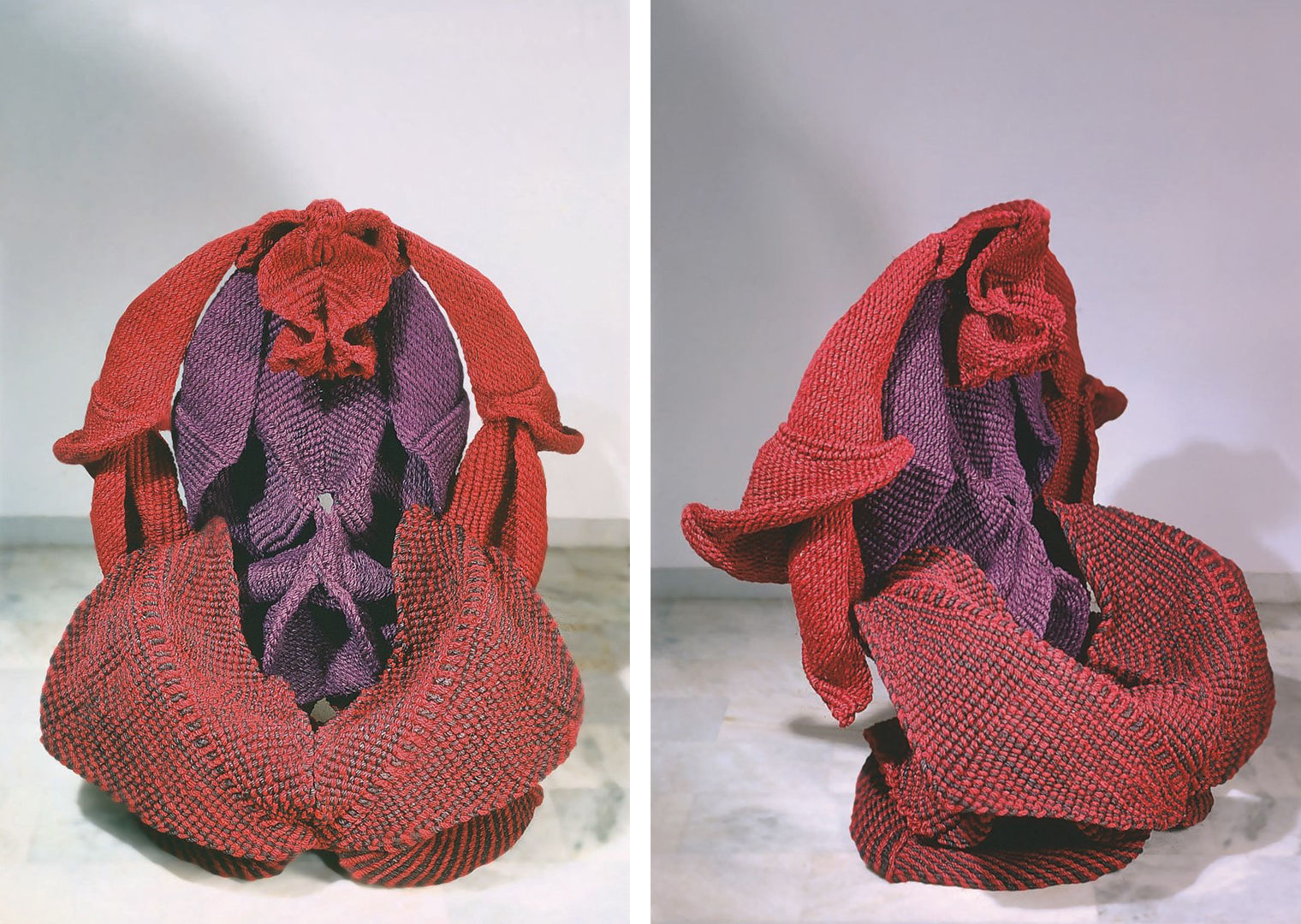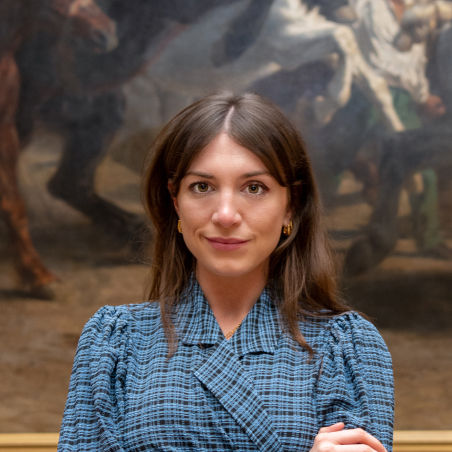In 2019, The Met held the first U.S. retrospective of Indian artist Mrinalini Mukherjee.
The exhibition included Aranyani (1996), a towering sculpture made of knotted colorful rope that was placed directly on the gallery floor. Through exploring Mukherjee’s work and career trajectory, Met curator Brinda Kumar reflects on how museums may work to more proactively shine a light on women artists.
Listen to the conversation, or read the full transcript below.
Transcript
KATY HESSEL: In 2019, The Met held the first U.S. retrospective of Indian artist, Mrinalini Mukherjee. Her body of work included these incredible towering sculptures made out of knotted colorful rope that were often placed directly on the gallery floor.

Mrinalini Mukherjee (Indian, 1949–2015). Aranyani, 1996. 55 7/8 x 50 x 41 in. (142 x 127 x 104 cm). Gift of the Estate of Mrinalini Mukherjee, in celebration of the Museum's 150th Anniversary, 2020 (2020.211.2) © Mrinalini Mukherjee Foundation
BRINDA KUMAR: She really developed a very unique practice especially in her Indian context, but even more broadly there was really nothing quite like her works.
HESSEL: That’s curator of modern and contemporary art, Brinda Kumar.
KUMAR: These were freestanding fiber works that seemed to rise out of the ground and both kind of resist and lean into gravity at the same time. They have these passages of knotted fabric that move in and out of abstraction. They tend to be recognizable at one moment and then they melt into something a lot more amorphous.
HESSEL: Even though Mukherjee’s work was so distinctive, she didn’t live to see the eventual acclaim it gained. The Met’s exhibition and acquisition of her works unfortunately happened in the years after she passed away.
KUMAR: I don’t want to say that she wasn’t recognized during her own lifetime. I think she was being recognized. She died tragically earlier than she should've. But many times, women artists are recognized very late in their careers or in some instances, posthumously.
HESSEL: As Brinda mentions, the fact that Mukherjee didn’t become more widely known until after her passing isn’t unusual. There are so many incredible women artists who go largely overlooked during their lifetimes.
Brinda and other curators hope to change that.
KUMAR: A number of colleagues and I, it is a priority for a number of us to really make a conscious and a conscientious effort to take every opportunity to highlight and shine a light on the brilliance of the work of the women artists in our collection.
We’ve still got a long way to go. I think to this day, you will still find misogynist responses to art. Just this morning I saw a response to a post that I posted saying that in two thousand years, there have been no great women artists.
So resisting that, and dismantling that takes time, takes consistency, and it takes perseverance.
###
This audio tour is one in a series of tours called Museums Without Men produced by Katy Hessel in collaboration with institutions across the globe, such as the Fine Arts Museum San Francisco, the Hepworth Wakefield, the Hirshhorn Museum and Sculpture Garden, and Tate Britain. The series encourages museum visitors to seek out work by great women and gender non-conforming artists in these institutions who, simply by virtue of their gender, were often overlooked and underrepresented.





















